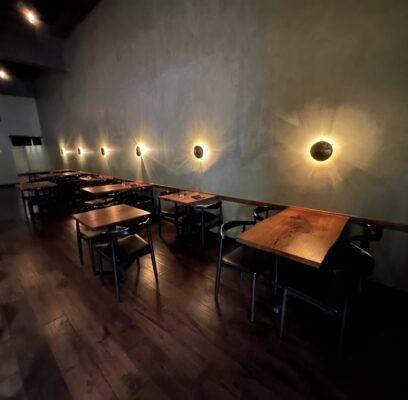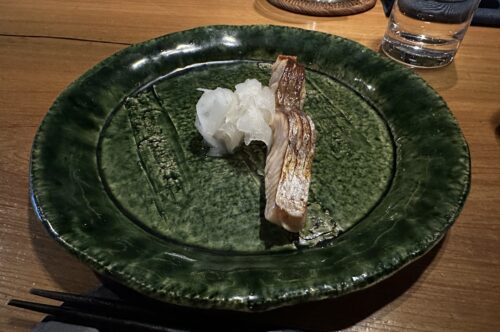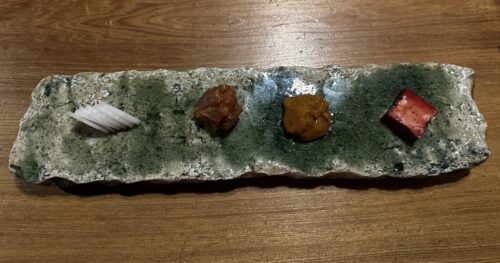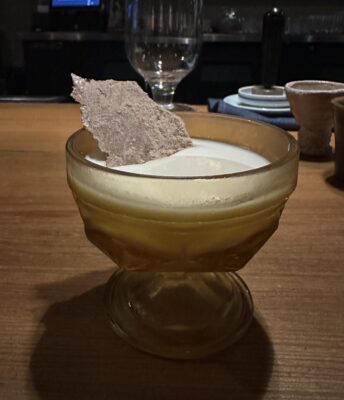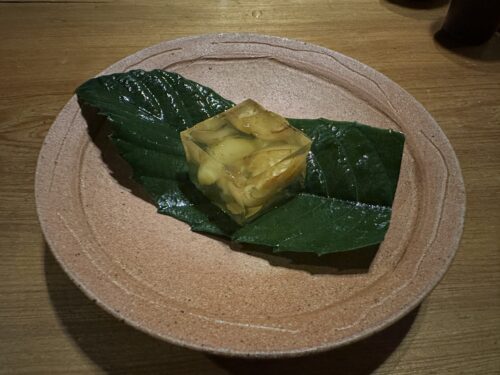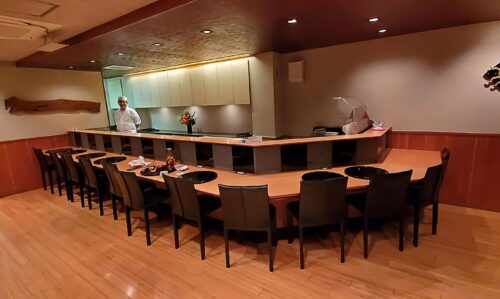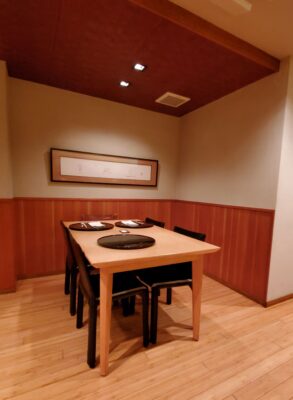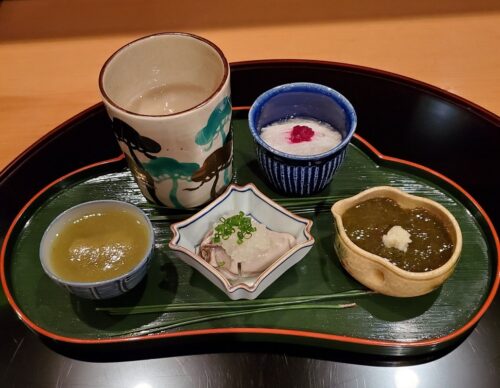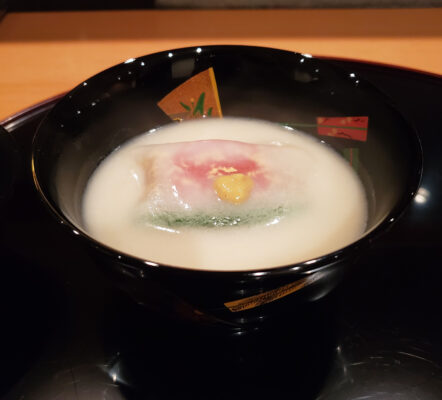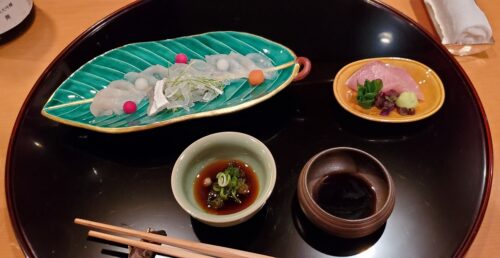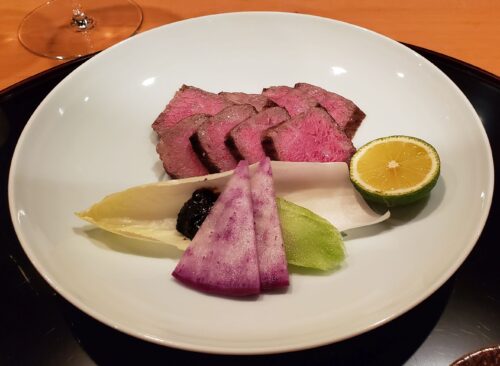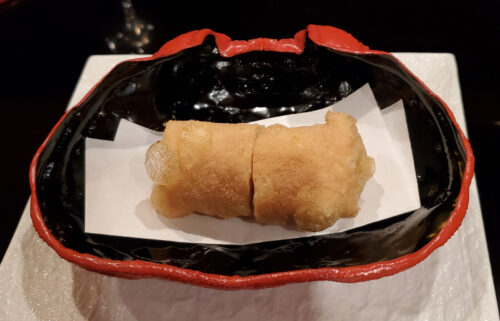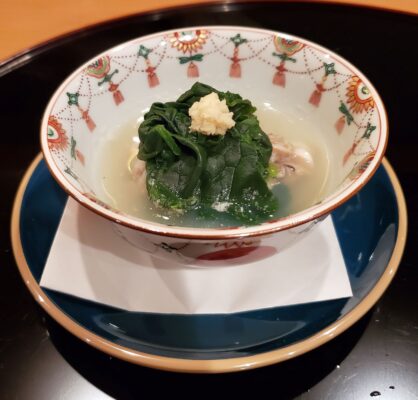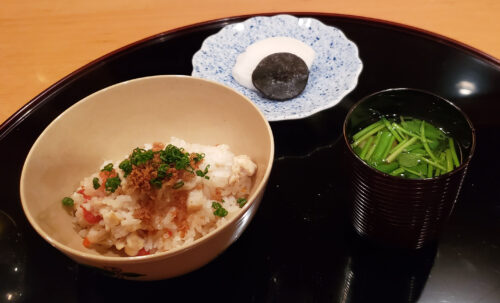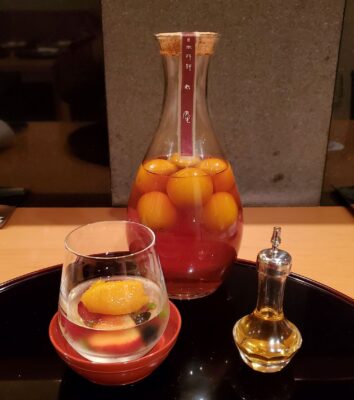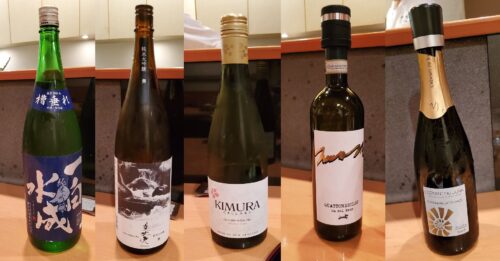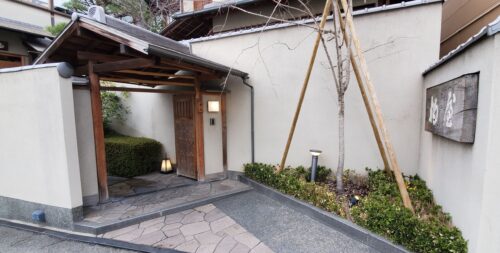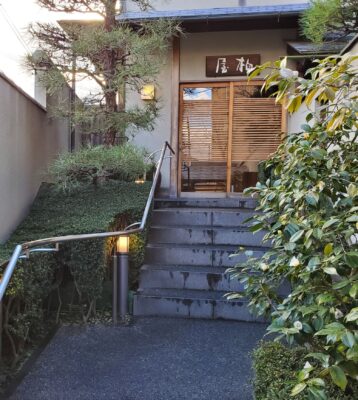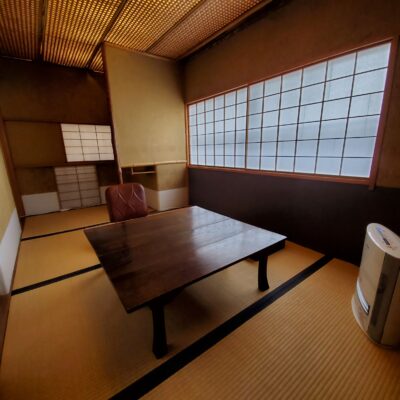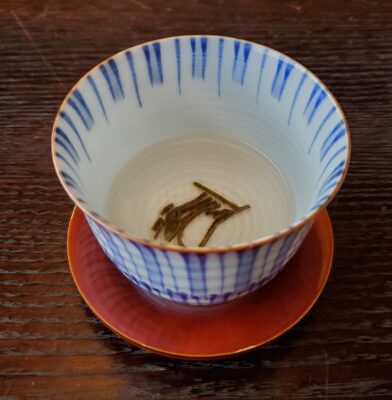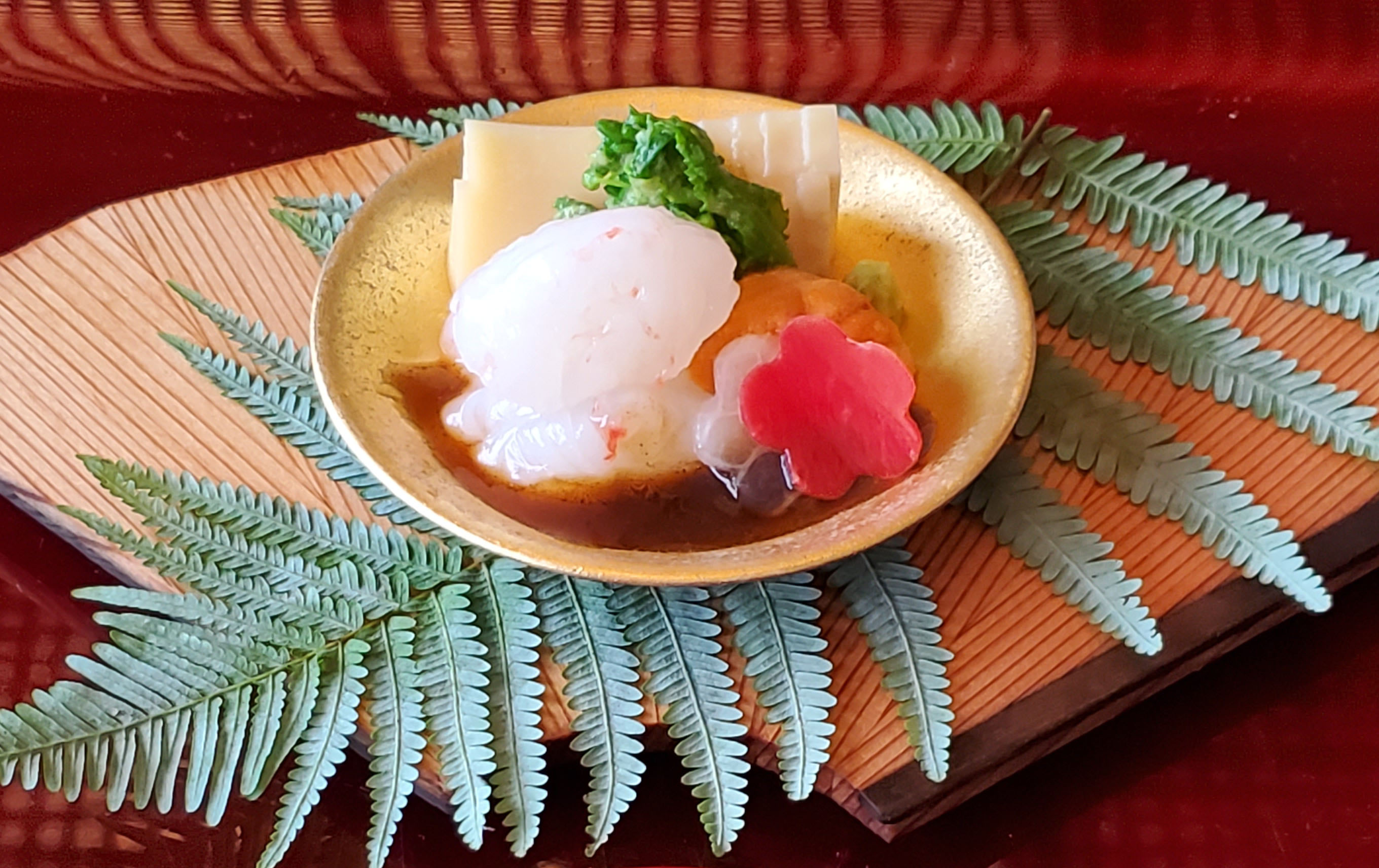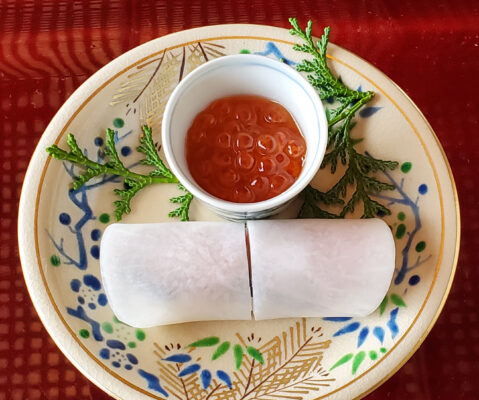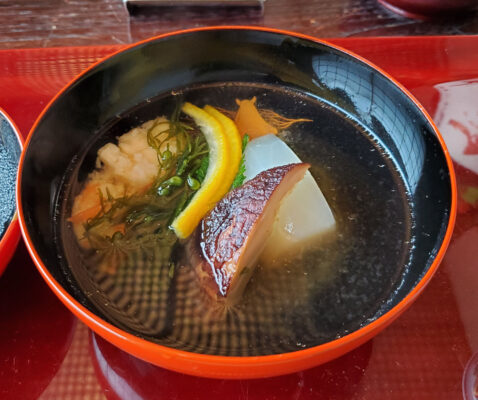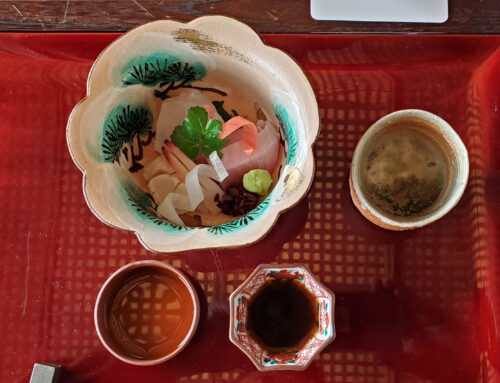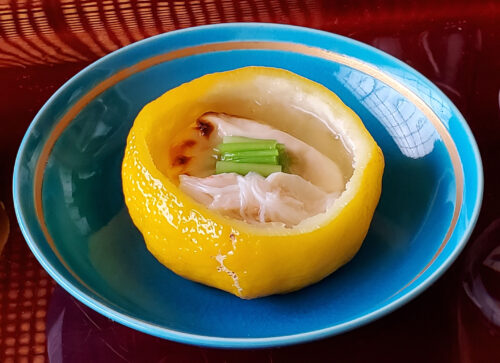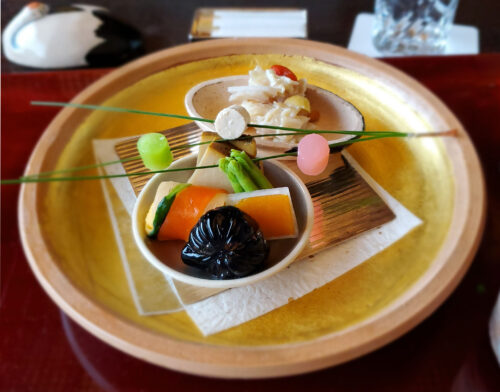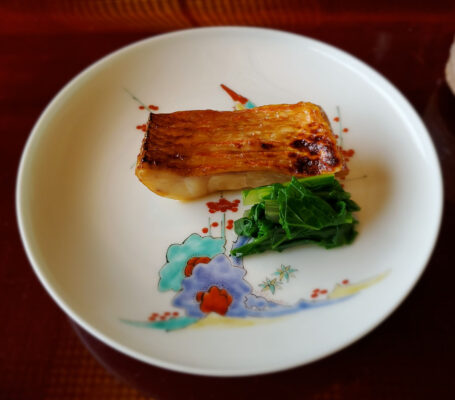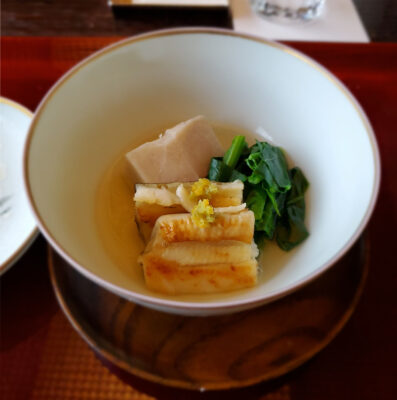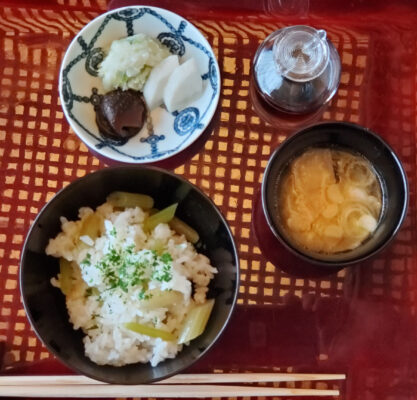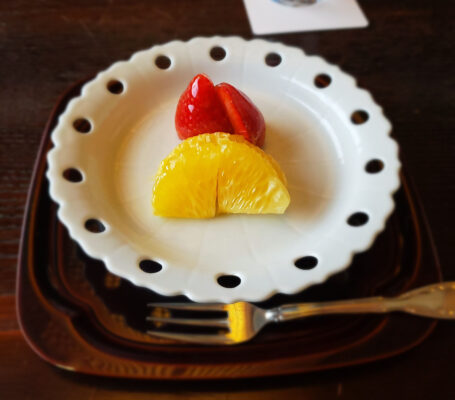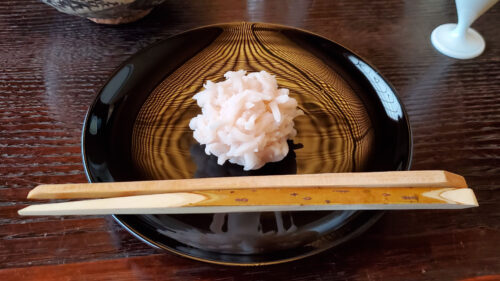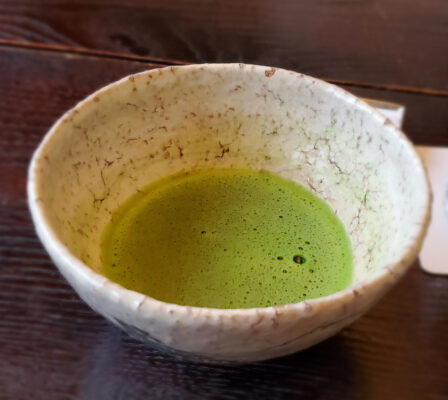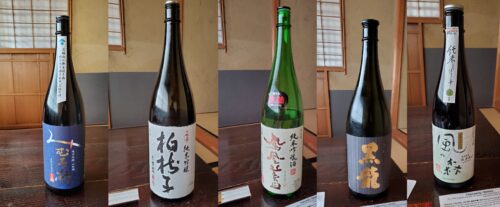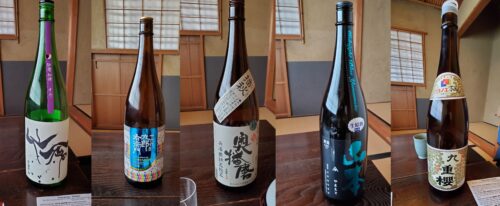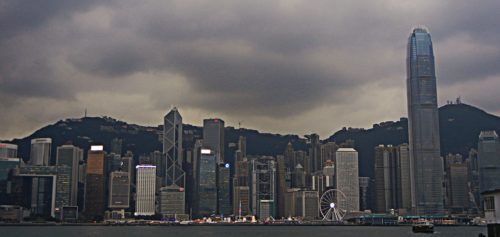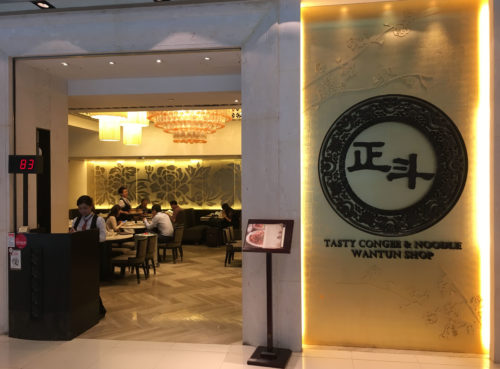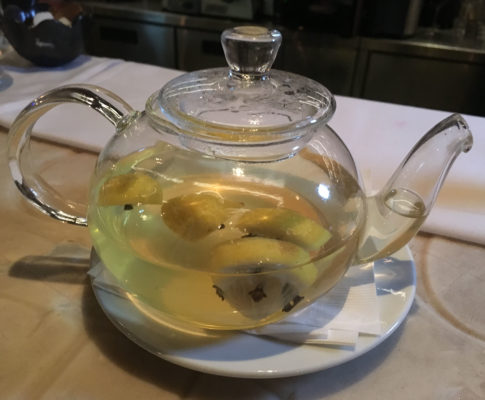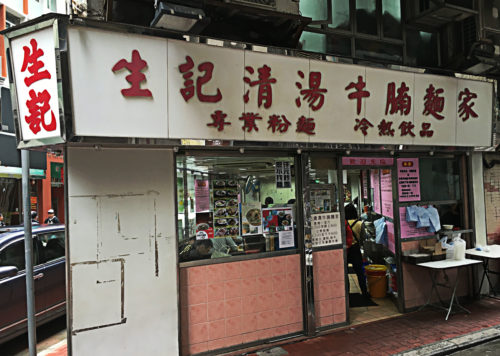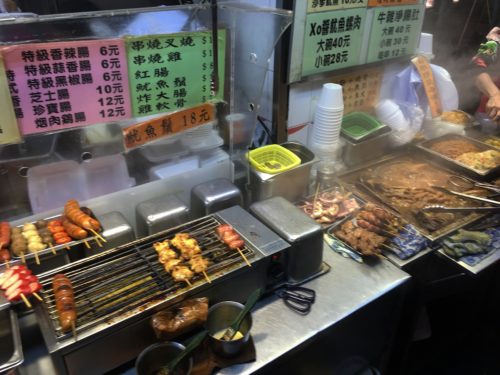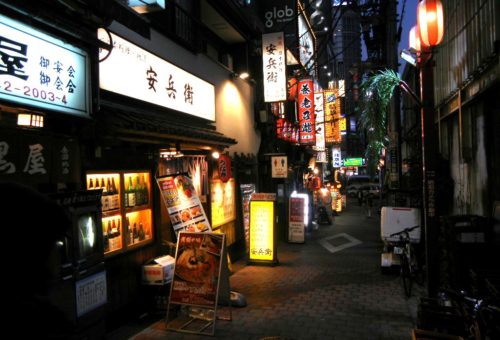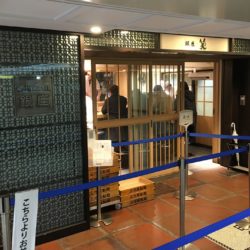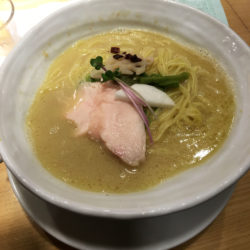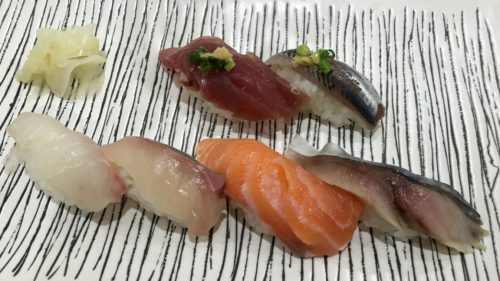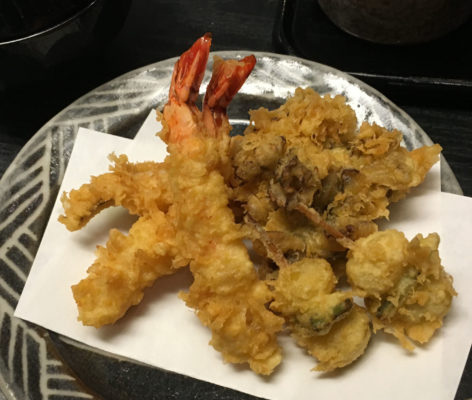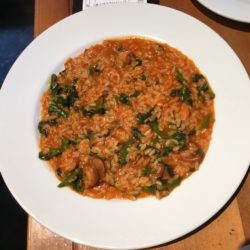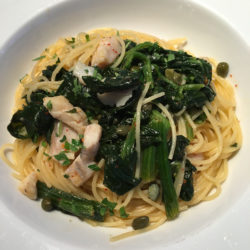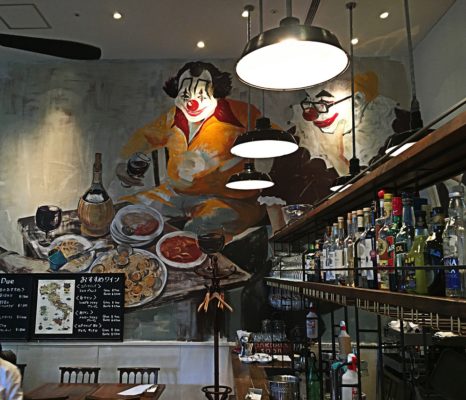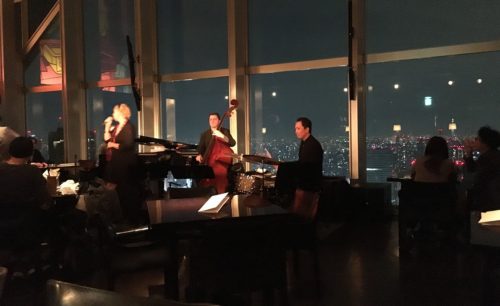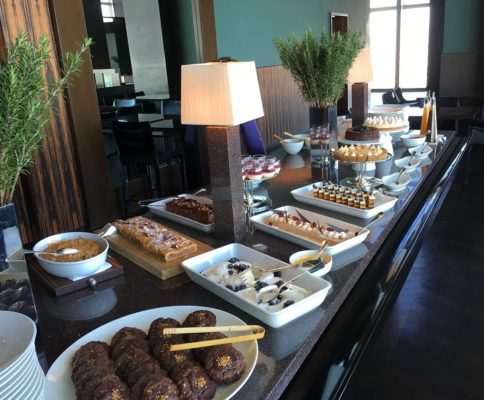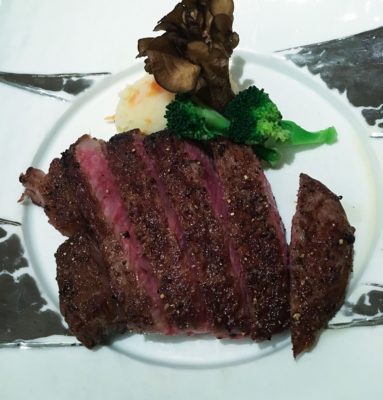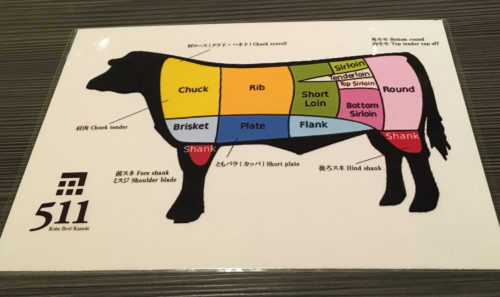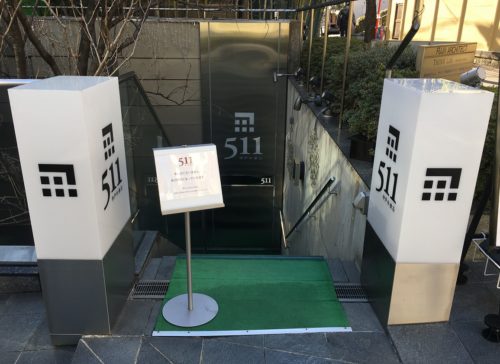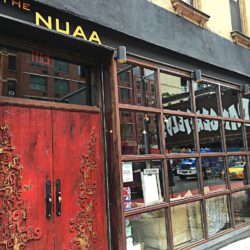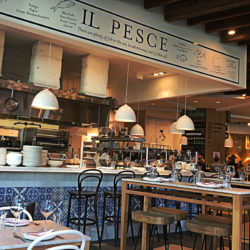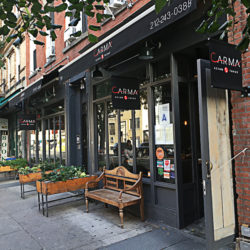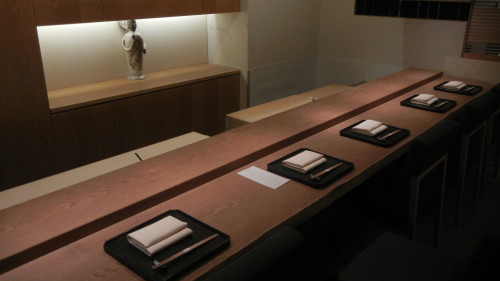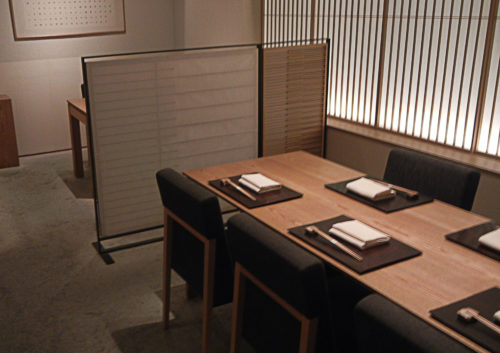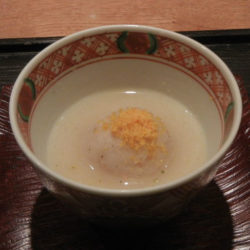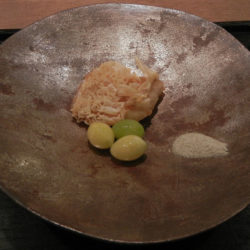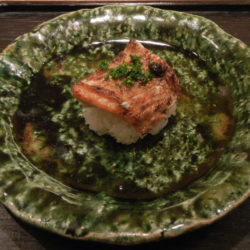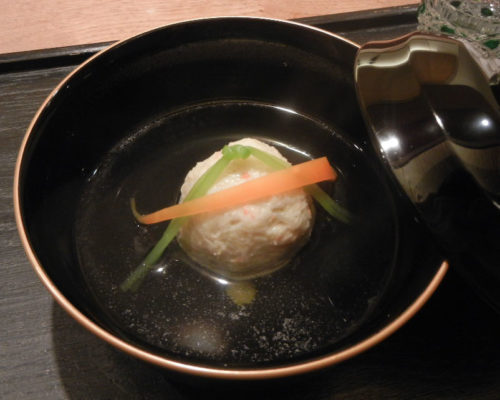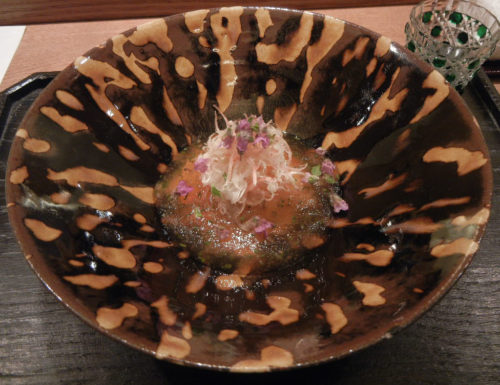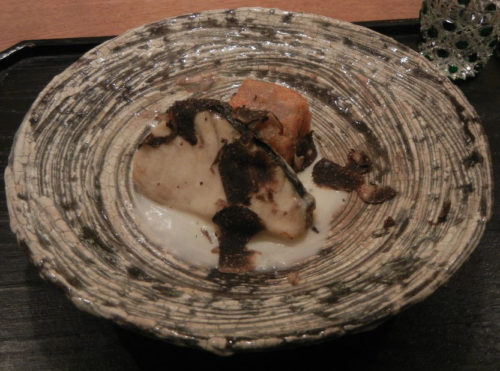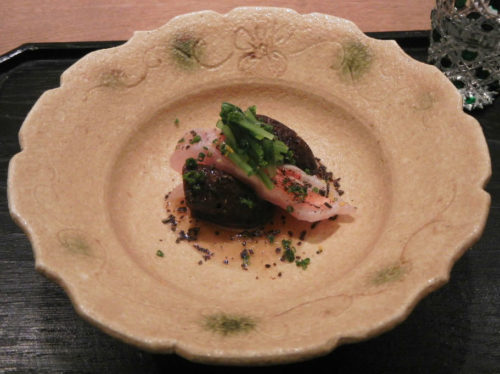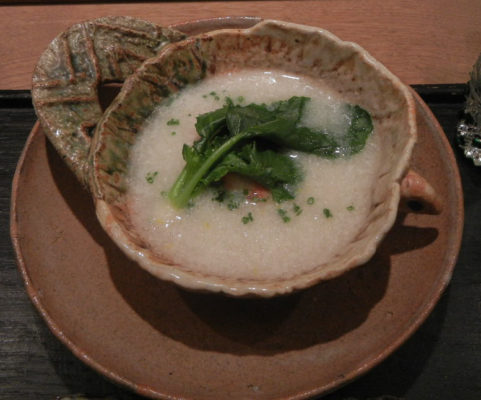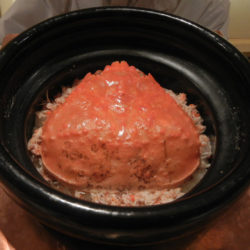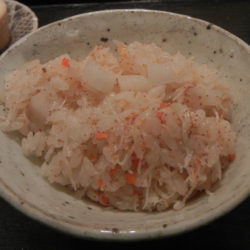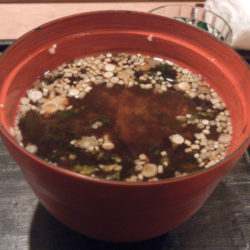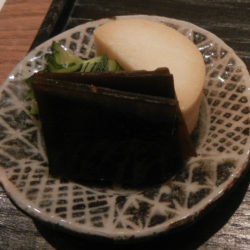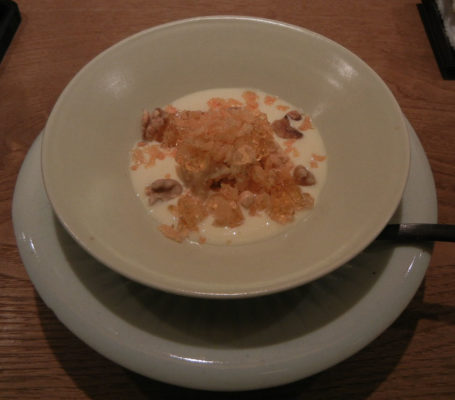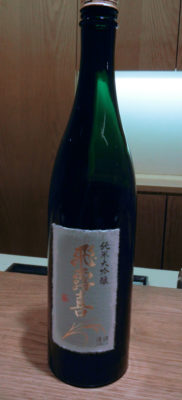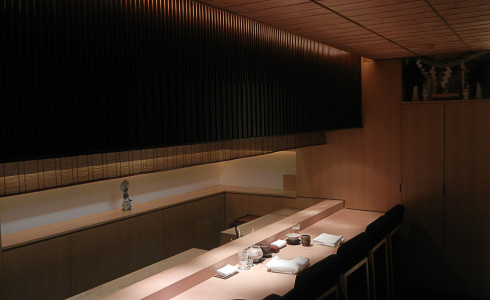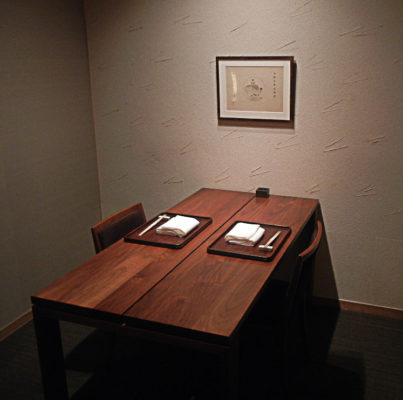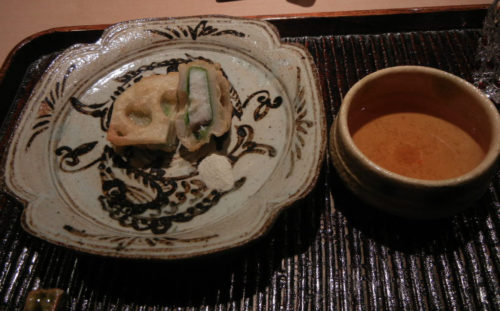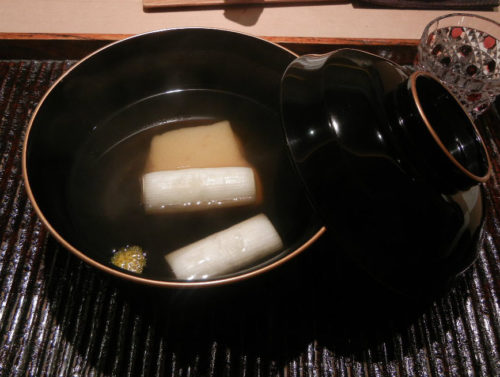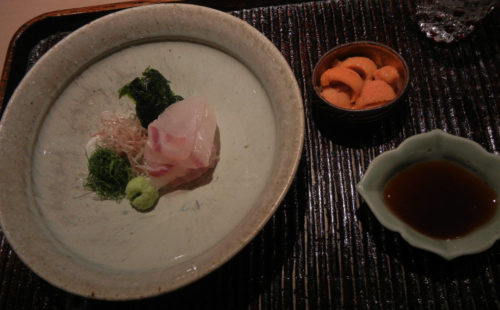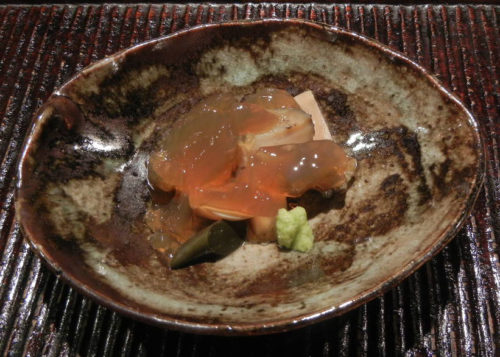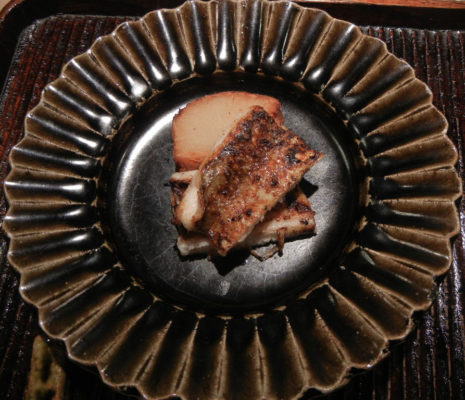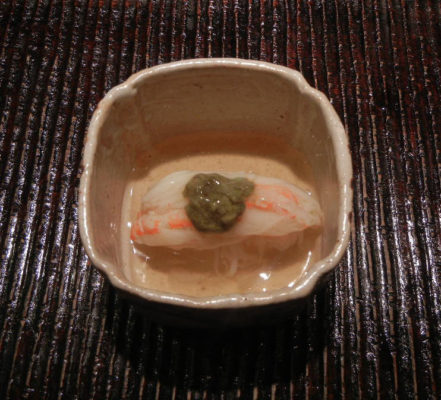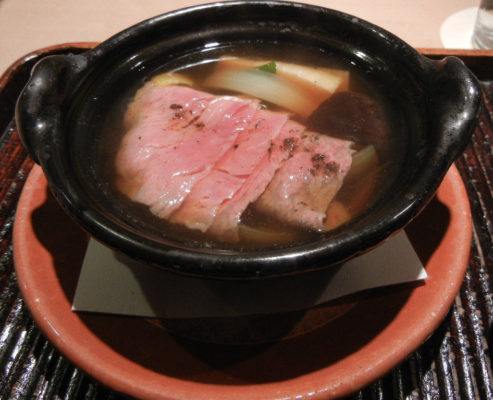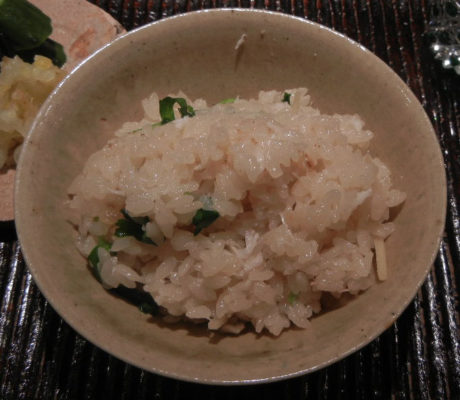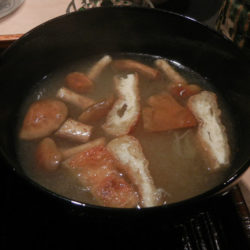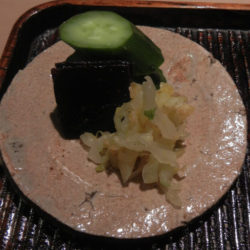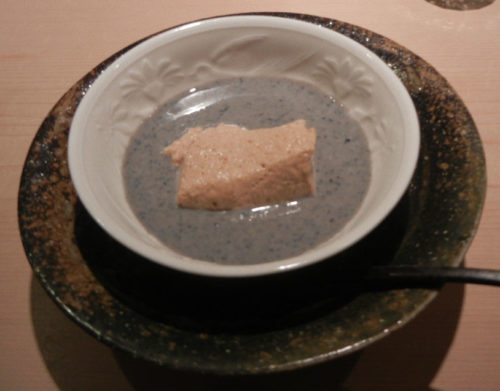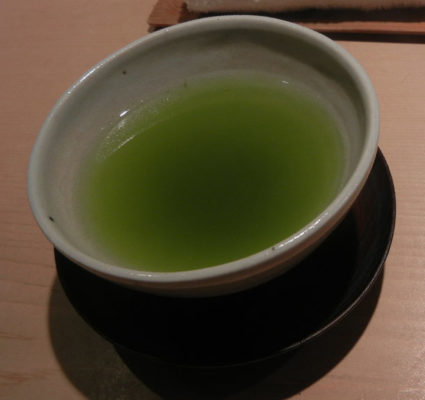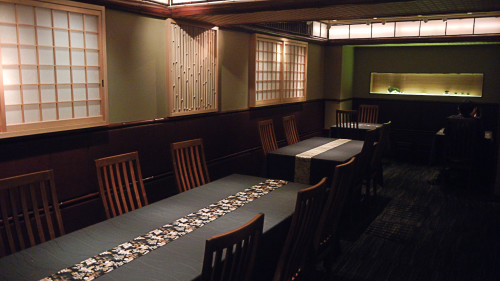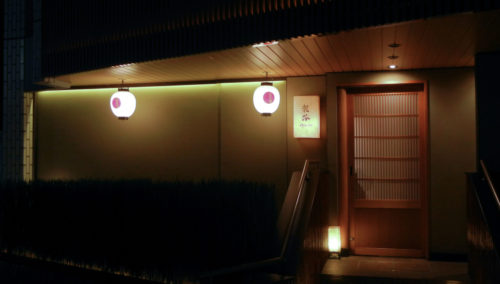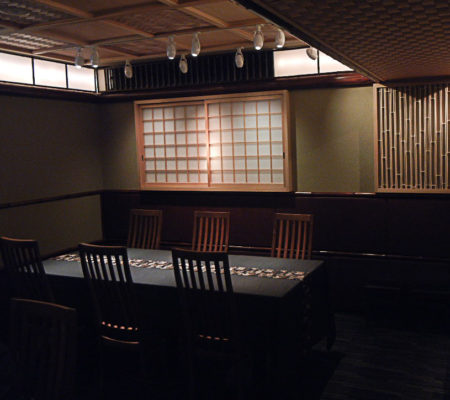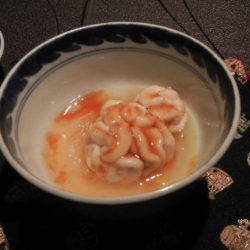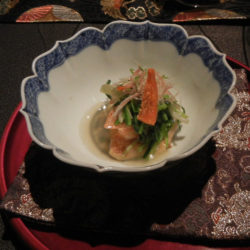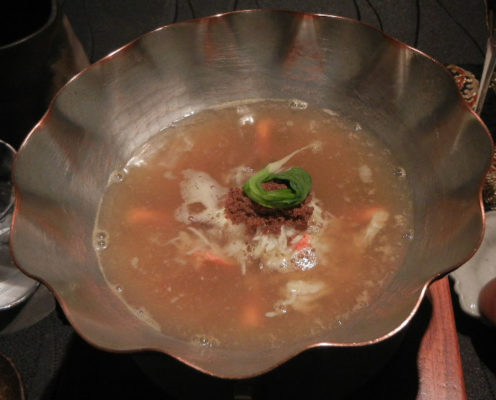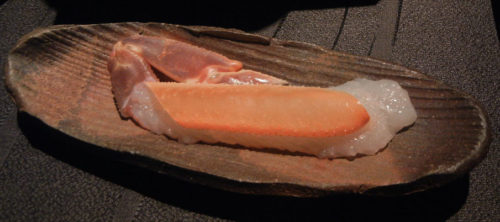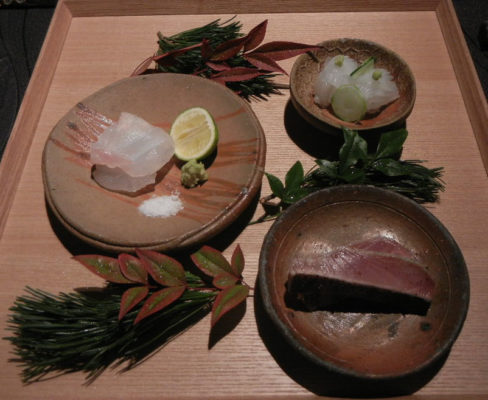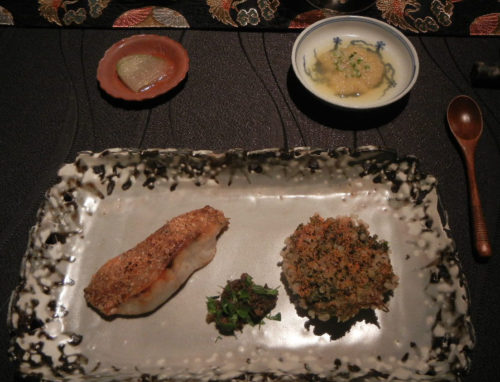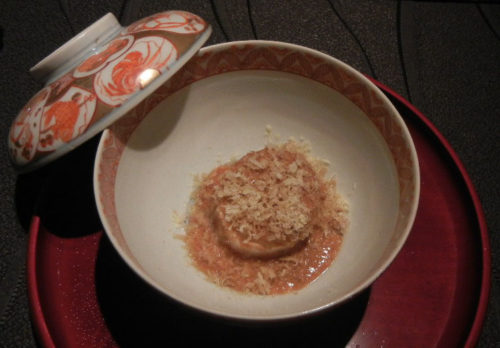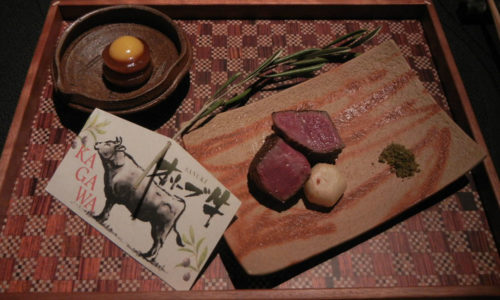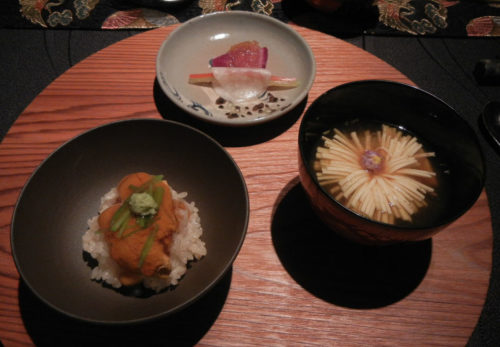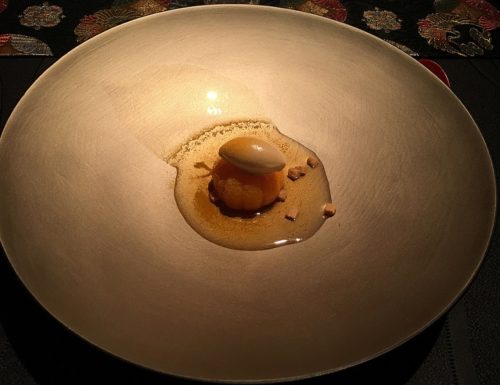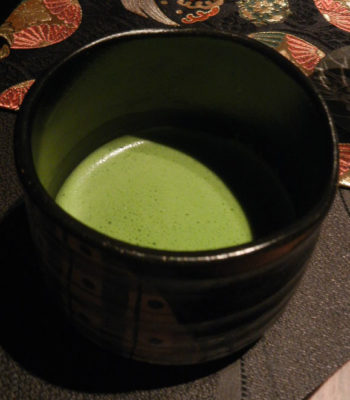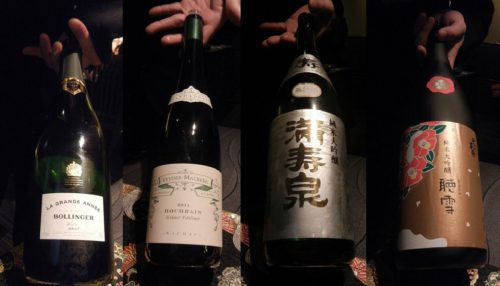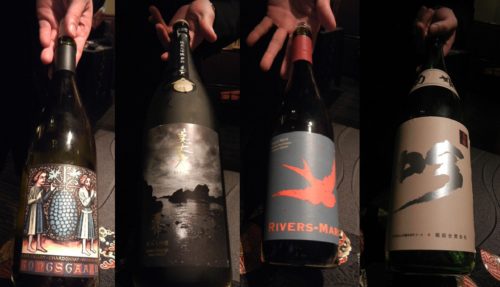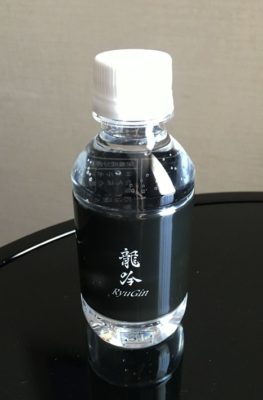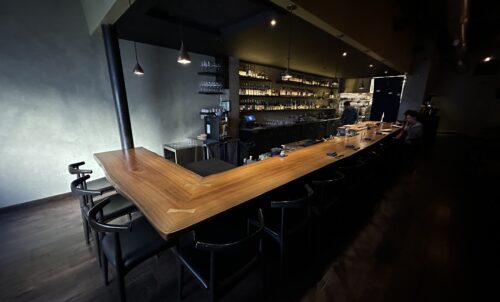
Shibumi
815 S. Hill St.
Los Angeles, CA 90014
(323) 484-8915
Official Site
One Michelin-starred Shibumi, located in Downtown Los Angeles (DTLA), is a Japanese restaurant specializing in kappo-style cuisine. Its chef and owner, David Schlosser, has a strong Michelin pedigree, having honed his skills at three-Michelin-starred restaurants such as Georges Blanc in Vonnas, L’Arpège in Paris, and Kikunoi Honten and Arashiyama in Kyoto, Japan. In the U.S., he has worked at Masa Takayama’s Ginza Sushi-ko and Urasawa in Beverly Hills. Chef Schlosser opened Shibumi in 2016, and received a Michelin star in 2019, which it has maintained ever since.
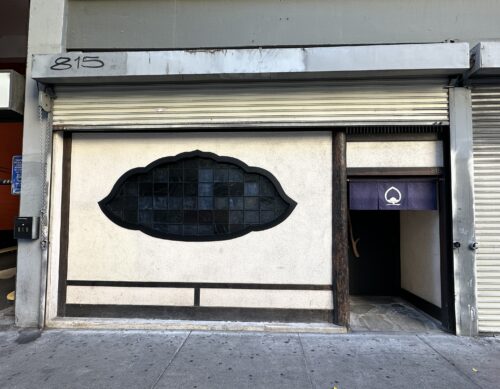
Shibumi’s facade is highly distinguishable and hard to miss along S Hill Street. The restaurant features a spacious, softly lit dining room that can accommodate up to forty guests. Its modestly designed space includes sparsely spaced dark wooden two-top tables and a long L-shaped counter with a 400-year-old wood top.
The restaurant offers a multi-course option priced at $125, available only in the evening. Dinner begins with “Hassun,” a collection of small dishes served with sake. These include “Chiayu,” young sweetfish tsukandani, a small fish cut in half that is sweet and salty. The cucumber stuffed with salted plum, smoked bonito, and sesame is crunchy and highlighted with wonderful salinity. The fresh yuba with shrimp, dashi joyu, and shiso flowers is rich with a pleasant subtlety, while the Mozuku shot with green grapes combines a profound seaweed taste with the sweet, alcoholic fruitiness of the grapes.
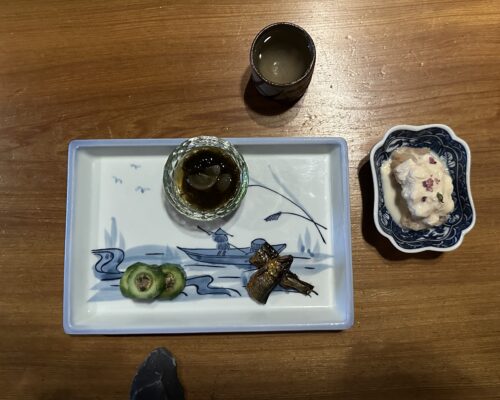
Sashimi of the moment featured thinly sliced flounder, offering a delicate taste that lingered on the palate. It was dusted with dried mullet roe, adding a subtle crunch, and accompanied by an intriguing nori jelly. A slimy-textured potato yam and a salty flounder belly cut sashimi rounded out this dish with contrasting textures and flavors.
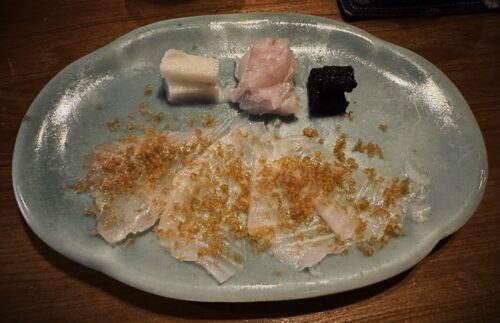
Next, the Chilled somen noodles, pearl tomato, japanese parsley, summer vegetables arrived. The dish was refreshing, with a pleasant acidity provided by the tomatoes, balancing the lightness of the noodles. The Tempura of black cod, warm dashi, grated radish followed after. Bathed in a warm, umami-rich dashi broth, the cod was perfectly fried, with a wonderfully crisp crust that soaked up the dashi, creating a delightful harmony of flavors. The grated radish added a hint of bitter spiciness that enhanced the dish.
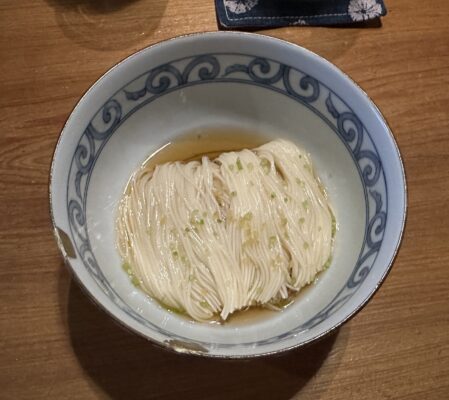
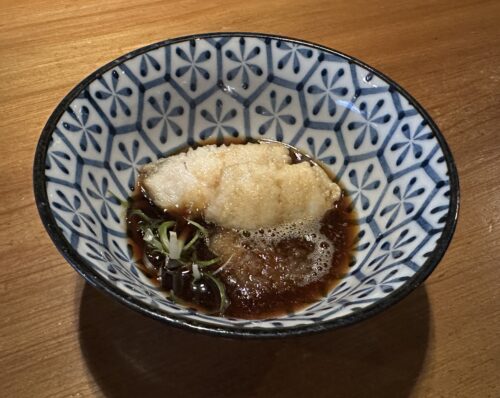
Sakura masu – smoked, grilled Japanese cherry trout served as the main course and was cooked elegantly. The skin had a charred texture, while the fish itself carried a pleasant smokiness. A side of pickled daikon provided a sweet and sour contrast that complemented the trout beautifully.
The rice dish featured Iron pot rice from iwate – ginga no shizuku variety, house miso in smoked dashi broth, tororo shaved konbu, shitake, salted shirashu white bait boiled in seawater. Mixing the rice with the other components resulted in a comforting, flavorful dish. The deep-fried shirashu added a crispy texture and a burst of salty flavor, while the pickled vegetables contributed an extra layer of tangy sourness. The miso soup had a refined earthiness, rounding out the meal.
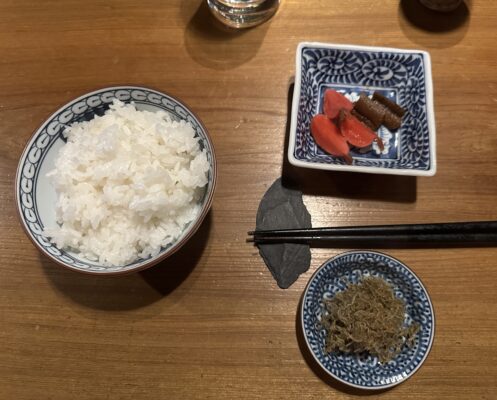
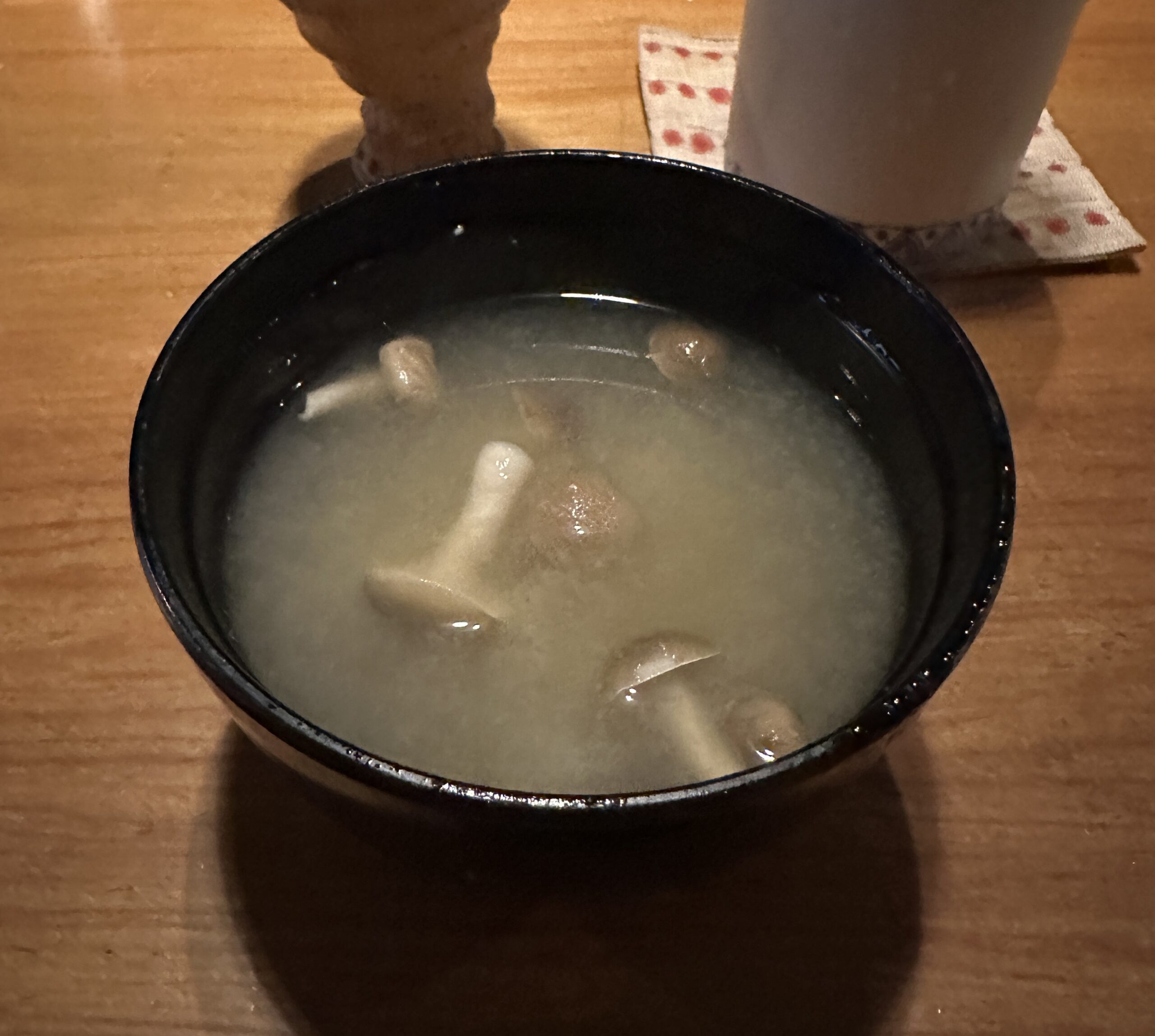
Before dessert, I was offered supplemental small dishes. I chose the 3-month-cured uni, which was pungent with a cheese-like consistency, and the Okinawan red koji tofu, which delivered a strong, biting salinity that was both intriguing and intense.
For the sweet course, the Koji custard with yatsuhashi cinnamon crackers was served cold, offering a refreshing touch to the palate with just the right amount of sweetness. The final dish, Poached loquat in elderflower gelée, was a gelatin-like dessert with a delightful sweet fruitiness.
Dinner was enjoyable, with food that was uncomplicated yet evocative of traditional Japanese flavors that were clean and subtle. Each plate was composed with detailed precision, showcasing quality ingredients at their peak. Shibumi offers a well-rounded selection of sake and shochu, along with an extensive array of Japanese whisky to complement the meal.
The service is informal, with a laid-back approach that creates a relaxed atmosphere. The staff is personable, including the chefs behind the counter, making the dining experience fun and convivial. Sitting at the counter is preferred for engaging with the staff and enhancing the overall experience.
Considering the price tag, dinner at Shibumi offers great value and is more approachable for many, especially in an expensive city like Los Angeles. The restaurant provides guests with uncomplicated traditional food in a fun and un-stuffy setting, solidifying its place as a noteworthy restaurant in Los Angeles.

